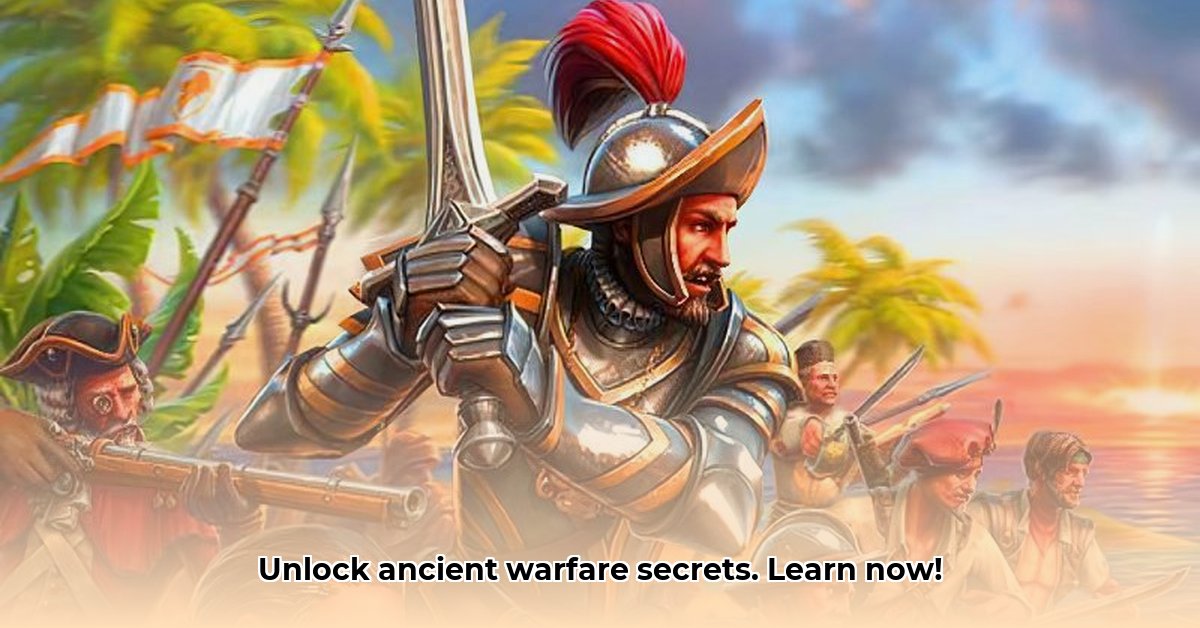
Swords and Blades: A Cut Above the Rest
Ready to describe swashbuckling duels in Spanish? Let's start with the basics. Did you know that mastering Spanish weaponry terms can unlock a deeper understanding of historical narratives and video games? This guide provides a structured approach to learning, incorporating pronunciation guides and example sentences to ensure you're ready to put your knowledge to the test. For even more detailed information, check out this helpful resource on Spanish weaponry.
The word espada (eh-SPAH-dah), meaning "sword," is a versatile term covering various blade types. A smaller blade, ideal for close combat, is a daga (DAH-gah), or dagger. Imagine a daring conquistador, his espada gleaming, facing an opponent armed with a deadly daga – that's a scene you can now describe!
Another common sword is the sable (SAH-blay), a curved saber often used by cavalry. Picture a skilled soldier, his sable a blur, deflecting blows on the battlefield. These diverse sword designs reflect Spain's rich military history.
| Spanish Word | Pronunciation (approx.) | English Translation | Example Sentence |
|---|---|---|---|
| espada | eh-SPAH-dah | sword | El valiente soldado blandió su espada contra el enemigo. (The brave soldier wielded his sword against the enemy.) |
| daga | DAH-gah | dagger | El asesino ocultó su daga bajo su capa. (The assassin hid his dagger under his cloak.) |
| sable | SAH-blay | saber | El jinete cargó con su sable brillante. (The horseman charged with his shining saber.) |
Firearms and Cannons: The Boom of Modern Warfare
Gunpowder revolutionized warfare, and Spain was at the forefront of this technological shift. The mosquete (mos-KEH-tay), or musket, was a staple of early modern armies. Imagine the thunderous volley of mosquetes on a historical battlefield! For heavier artillery, there were cañones (kah-NYO-nes), or cannons—powerful weapons that changed the dynamics of sieges. Extensive research continues into the specific types of cannons used by Spanish forces, suggesting their designs evolved over time.
Siege Weapons: Bringing Down the Walls
Before firearms dominated, siege weapons were crucial for conquering fortified cities. While not a Spanish invention, the trebuchet (treh-boo-CHET) was widely used. The ariete (ah-ree-EH-tay), or battering ram, was another essential tool, used to breach castle gates and city walls. The impact of these weapons on medieval sieges was profound.
Putting Your New Skills to the Test: Practice Time!
Let's test your knowledge!
Matching Game: Match the Spanish word with its English equivalent:
- espada a) dagger
- daga b) cannon
- cañón c) sword
Fill in the Blank: El pirata usó su __ para atacar al barco enemigo. (The pirate used his ____ to attack the enemy ship.)
Answers: 1. c, a, b; 2. espada or daga (depending on context)
Conclusion: Expand Your Historical Horizons
Learning Spanish weaponry terms isn't just about memorizing words; it's about understanding history and culture. This enhanced vocabulary allows for a deeper appreciation of historical narratives and gaming experiences. Continue your learning journey by exploring additional resources and delving into the specific weapons used during different periods in Spanish history. Keep practicing, and you'll be fluent in the language of Spanish warfare in no time!